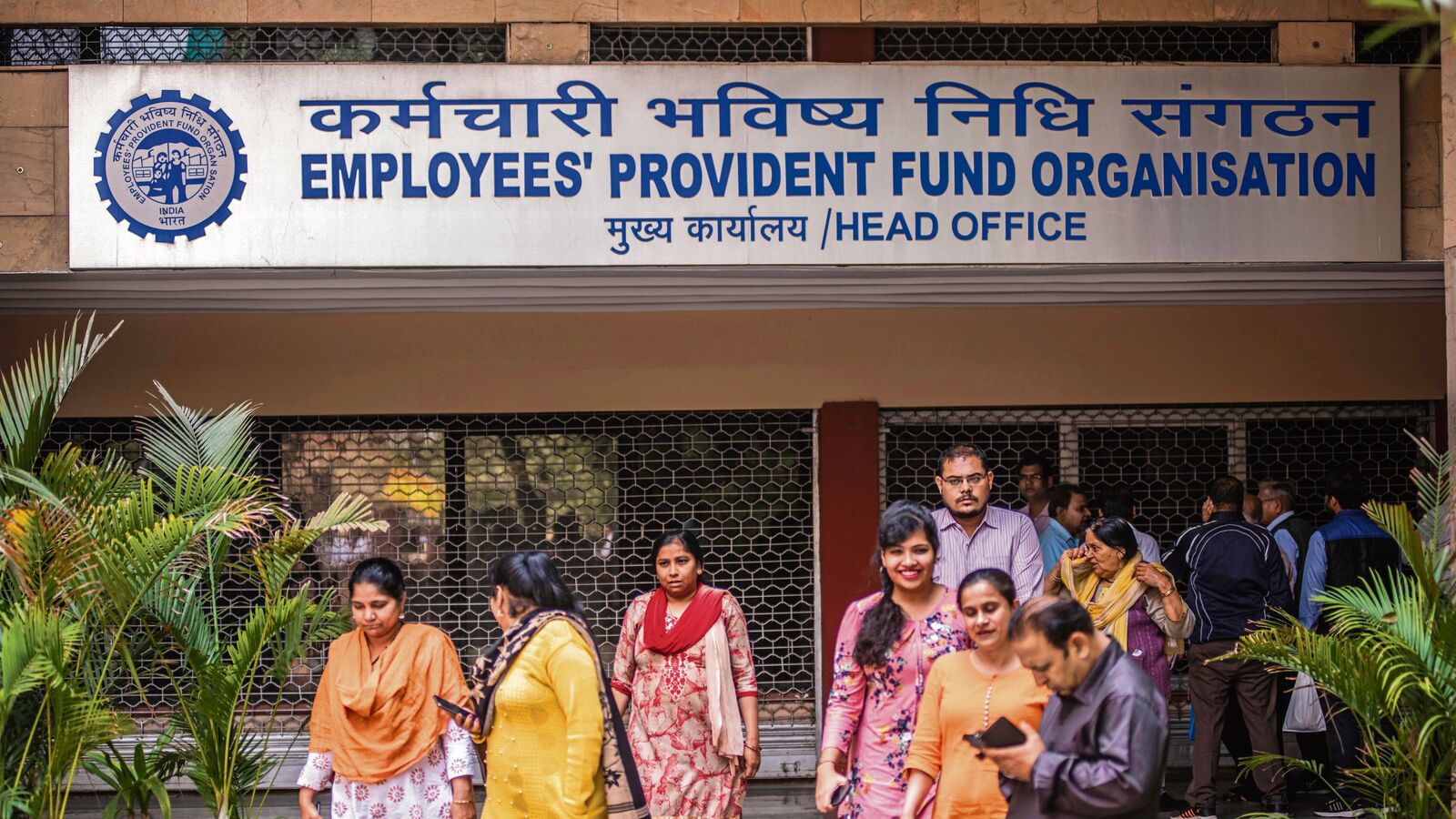Copyright © HT Digital Streams Limited All rights reserved. Amit Gopal 4 min read 23 Oct 2025, 12:07 IST The EPF is neither a savings bank account nor an emergency fund. The core of its purpose is to provide adequate old-age security. (Mint) Summary The concerns about PF withdrawal rule changes are misplaced and stem from a flawed understanding of the EPF objectives. For many watching the pension space in India, 2016 was a watershed year. The government has decided to split provident fund (PF) settlements into two: one payment at the time of leaving service and the rest to be paid when he turns 58. Employees felt disenfranchised and protested and some of the protests turned violent. Seeing people take to the streets over an EPF matter was a first. Last week, memories of 2016 came flooding back, and a sense of déjà vu came over me when the Employees’ Provident Fund Organization (EPFO) announced changes to the guidelines governing partial and final PF withdrawals. The internet erupted in outrage over the changes, with many expressing concern about the hardship these changes would mean for employees. These concerns are misplaced and stem from a flawed understanding of the EPF objectives. Background and the proposed changes The EPF has for the longest time been not just a fund for old age retirement savings, but also one to finance selected life goals. This was made possible by limited withdrawals from the member’s balance for specific purposes. Home acquisition, repayment of home loan, education of children, marriages, emergency in case of job loss, etc. were the defined purposes under which premature withdrawals were permitted. Ridiculously, early withdrawals were also allowed if one could not pay electricity bills (seriously, yes). At first glance, these look like leaks in the corpus, but remember that these rules were framed long before the advent of the lending industry in India, when the EPF was one of the primary savings vehicles for salaries. A combination of good design (limiting the number of withdrawals and the amount) and poor administration (multiple application forms and numerous proofs) ensured that members did not exhaust their PF balances and put money aside for retirement. Some of this changed with the advent of technology at the EPFO a few years ago. While the complicated guidelines for withdrawals were retained, documentary verifications were kept to a minimum and payments were made directly to the employee (for example, in the earlier regime, home loan repayments were paid directly to the financial institutions). These changes, while ensuring easier access to EPF balances, limited the scope of access. The current changes seek to further simplify the process. Details have yet to be provided, but it is reported that the thirteen clauses are to be converted to three, with one dealing with illness, marriage and education, another with housing and the last with ‘special circumstances’ (job loss, etc.). In addition, a member can withdraw multiple times compared to the current one time; the tenure requirement will be a uniform (and significantly less) one year; no paperwork needs to be provided for most of the early withdrawals. Overall a good move if implemented well. Two other changes announced, which piqued the interest of many, are the introduction of a minimum balance (25% of contributions) and an increase in the waiting period to obtain final EPF settlement (from the current two months to a proposed twelve months). Both were implemented to encourage members to maintain balances in the EPF for old age. However, naysayers see both as detrimental to the interest of the member, and paint them as a regulatory capture of a member’s money. Why these concerns are unfounded For one, the EPF is neither a savings bank account nor an emergency fund. The core of its purpose is to provide adequate old-age security. Continuous withdrawals are detrimental to this goal. For the pension purist, a complete cessation of early withdrawals is best suited to his purpose, but is not practical. Remember, for many, withdrawal from their own PF is a better idea than debt. Finding the balance between the purist’s view and the real needs of the member requires innovation in design. Second, delaying the final settlement from two to twelve months may sound ‘draconian’, but it is a useful deterrent-based push to maintain balance in the EPF for old age. It remains unclear whether 25% of contributions is the right amount for both the nudge and the deterrent, but it is certainly the right thinking and a good start. For many who seek flexibility, EPF regulations provide sufficient flexibility. One can limit contributions to 12% of basic salary of ₹15,000 per month instead of total basic salary. Similarly, through a voluntary provident fund (VPF), one can increase contributions. Unfortunately, a combination of inflexible employer HR systems and an absent member education program means that it is either unheard of or cannot be used by employees. The arguments against the changes are myopic. In India, pensions have always had different meanings for different people. This means complexity in design. And no absolute solution. For once, the EPFO has struck the right balance. Hopefully it will be able to implement these changes effectively as well. A volatile technology platform, coupled with a weak member database, will challenge the EPFO in its implementation. It is fashionable these days to roast the EPFO. But a bad idea to make a habit of it. Amit Gopal is a Bengaluru-based pension consultant. Get all the Business News, Market News, Breaking News Events and Latest News Updates on Live Mint. Download the Mint News app to get daily market updates. more topics #EPF #EPFO Read next story
PF Withdrawal Rules Changed: For once the EPFO has struck the right balance
